An indie developer with extensive experience creating games for the original Nintendo Switch offers compelling evidence suggesting the Switch 2 boasts significantly enhanced processing power. Last week's unveiling of the Nintendo Switch 2 generated considerable excitement, yet Nintendo has remained surprisingly tight-lipped regarding the console's technical capabilities. While upgrades like new Joy-Cons, a redesigned kickstand, and a larger form factor are evident, the Switch 2's raw power remains officially unquantified.
However, the brief glimpse of Mario Kart 9 in the reveal video may hold crucial clues. In a recent YouTube video (via GamesRadar), indie developer Jerrel Dulay of Sungrand Studios, a veteran of Wii U and 3DS development, argues for a substantial power increase in the Switch 2.
Mario Kart 9 - A Closer Look
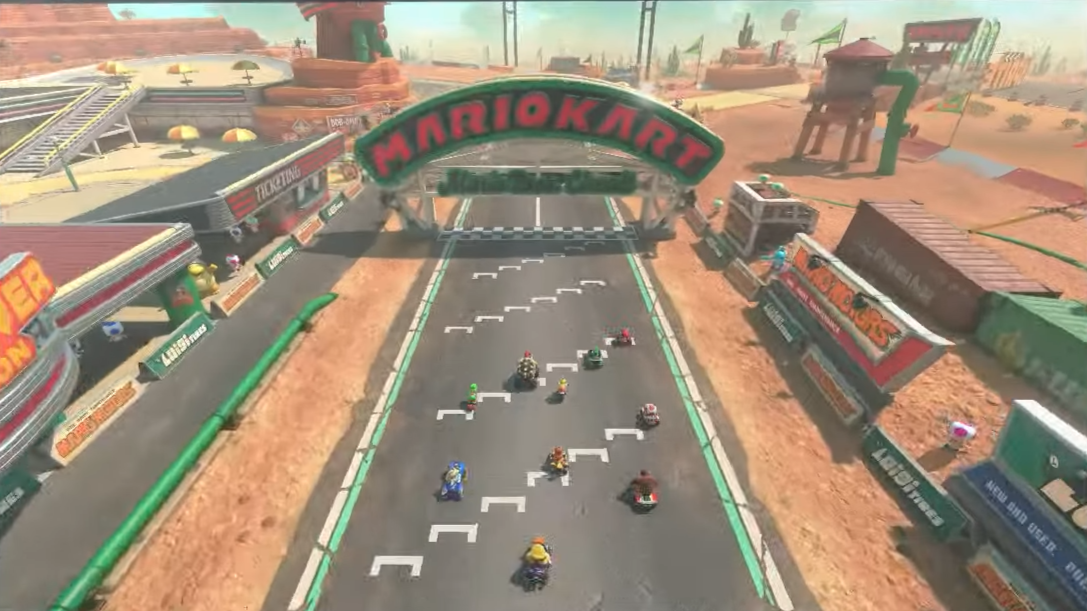
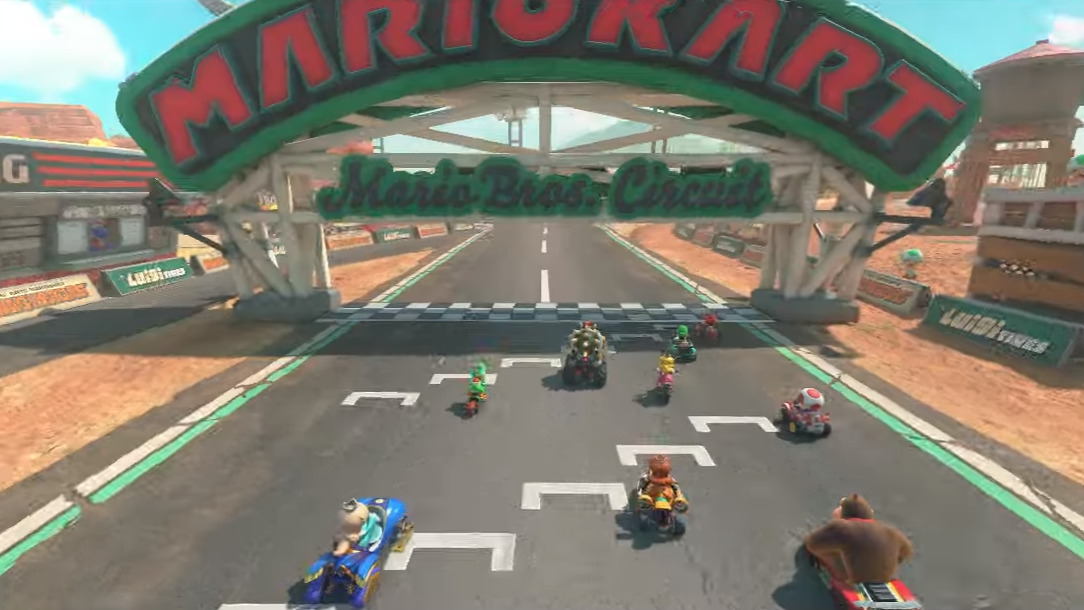 25 Images
25 Images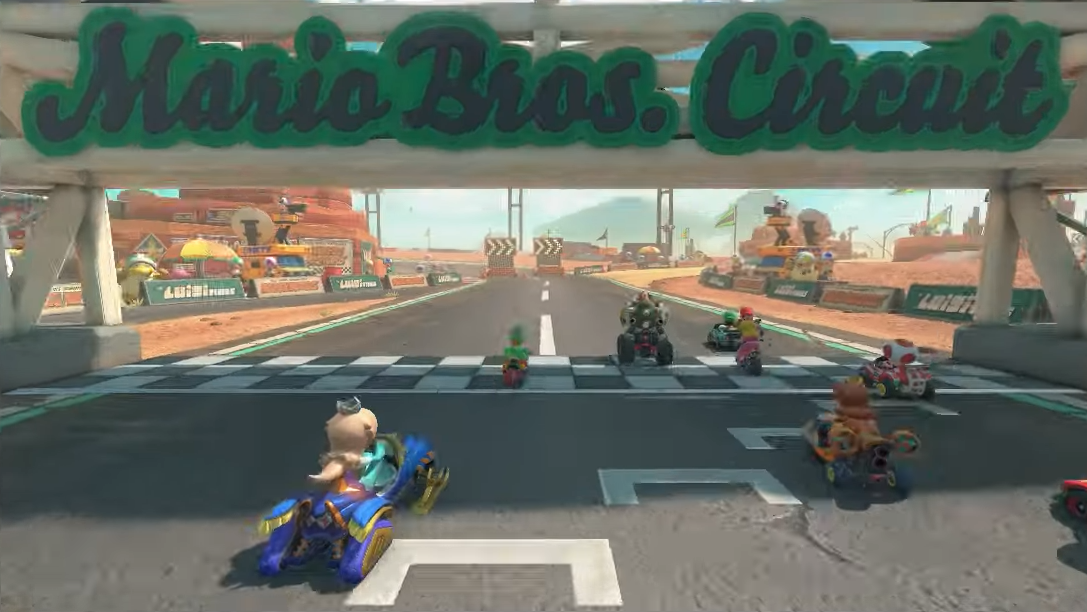
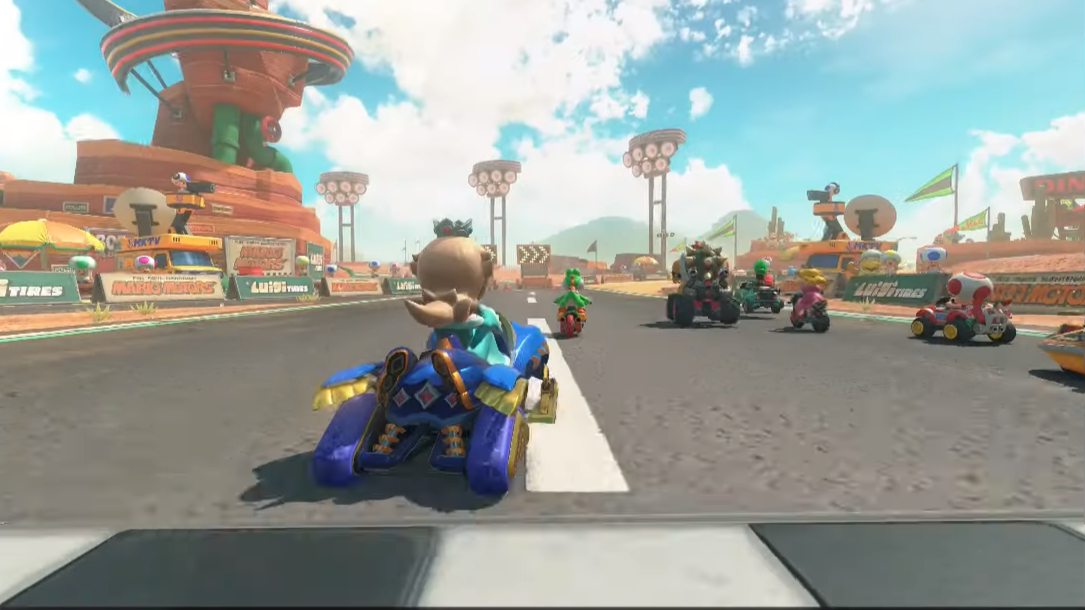
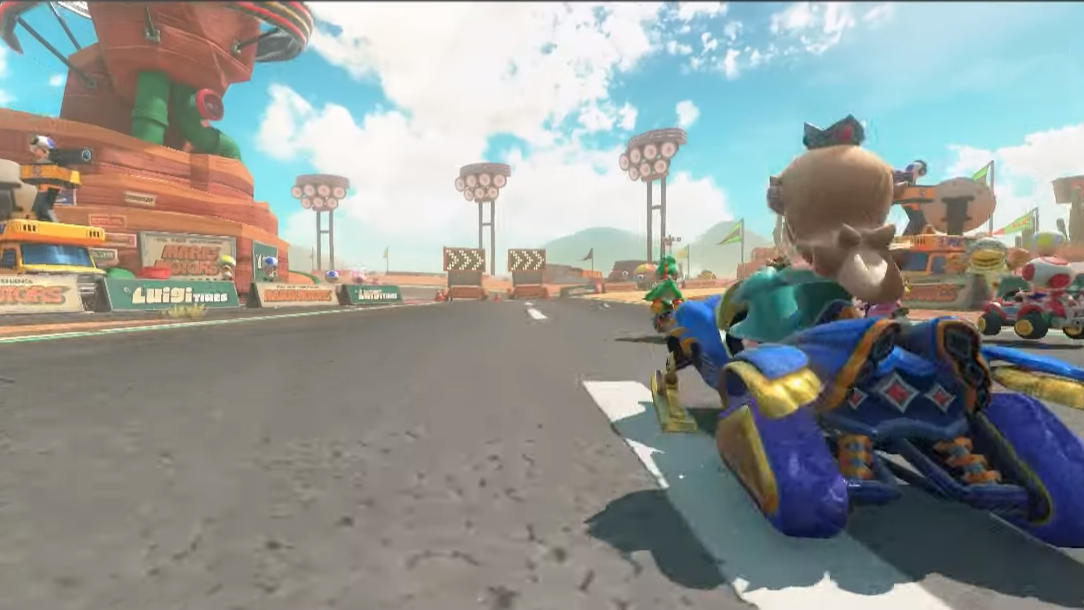
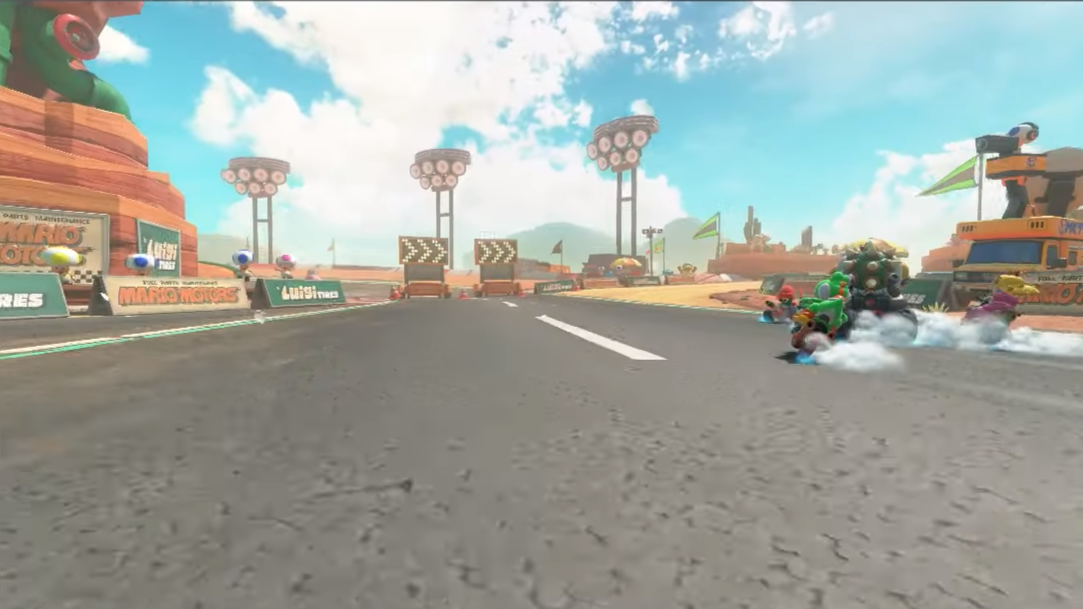 Dulay highlights the use of "physically-based shaders" on the cars and textures within the Mario Kart 9 footage. These shaders, affected by lighting and reflections, were computationally demanding on the original Switch, often impacting frame rates. The Mario Kart 9 trailer, however, showcases numerous such shaders without apparent performance issues.
Dulay highlights the use of "physically-based shaders" on the cars and textures within the Mario Kart 9 footage. These shaders, affected by lighting and reflections, were computationally demanding on the original Switch, often impacting frame rates. The Mario Kart 9 trailer, however, showcases numerous such shaders without apparent performance issues.
Late 2023 reports from Digital Foundry (an extensive report) and Switch 2 motherboard leaks point towards an Nvidia T239 ARM mobile chip with approximately 1536 CUDA cores—a significant leap from the original Switch's Tegra X1 chip with only 256 CUDA cores. This represents a 500% increase in CUDA core count alone.
Dulay emphasizes the use of complex shaders and high-resolution ground textures in the Mario Kart 9 footage, noting the considerable RAM requirements of such assets. While the original Switch had 4GB of RAM, the Switch 2 is rumored to feature 12GB of LPDDR5 RAM (as indicated by motherboard leaks showing two 6GB SK Hynix modules). The potential for significantly faster RAM speeds (up to 7500MHz compared to the original Switch's 1600MHz) further enhances performance.
This increased RAM and potential higher transfer rates allow for faster texture loading and the use of a greater number of unique, high-resolution textures, leading to a visually richer experience. Dulay also points to the implementation of "true volumetric lighting"—a computationally expensive process—and the rendering of far-distance shadows as further indicators of the Switch 2's increased processing power. These features were significant challenges for developers on the original Switch.
The combination of higher CUDA core count, increased RAM capacity and speed, along with the detailed textures, high polygon count characters, and real-time cloth physics displayed in the Mario Kart 9 footage, strongly suggests a major leap in processing power for the Switch 2. Dulay concludes that the console’s capabilities are significantly more powerful than its predecessor.
While awaiting further details and footage in April's dedicated Nintendo Direct, Dulay's analysis offers valuable insight into the anticipated graphical capabilities of the Nintendo Switch 2.
AnswerSee Results

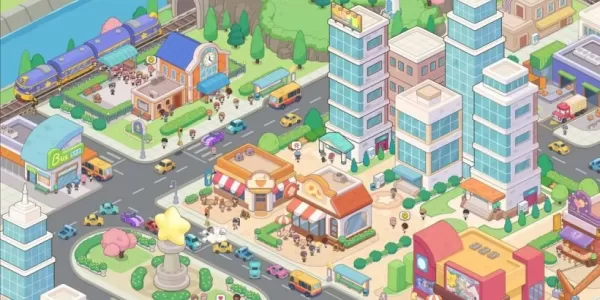
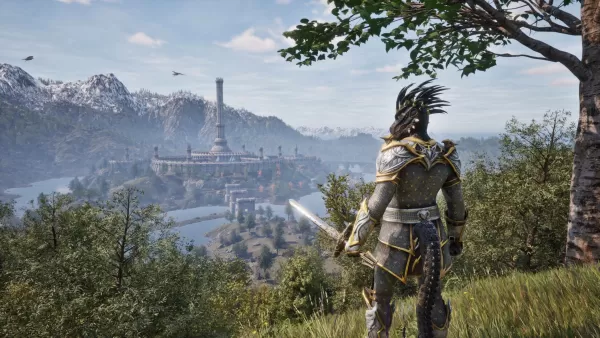



![Chubby Story [v1.4.2] (Localizations)](https://images.737c.com/uploads/85/1719638042667f981a5e9f8.jpg)

